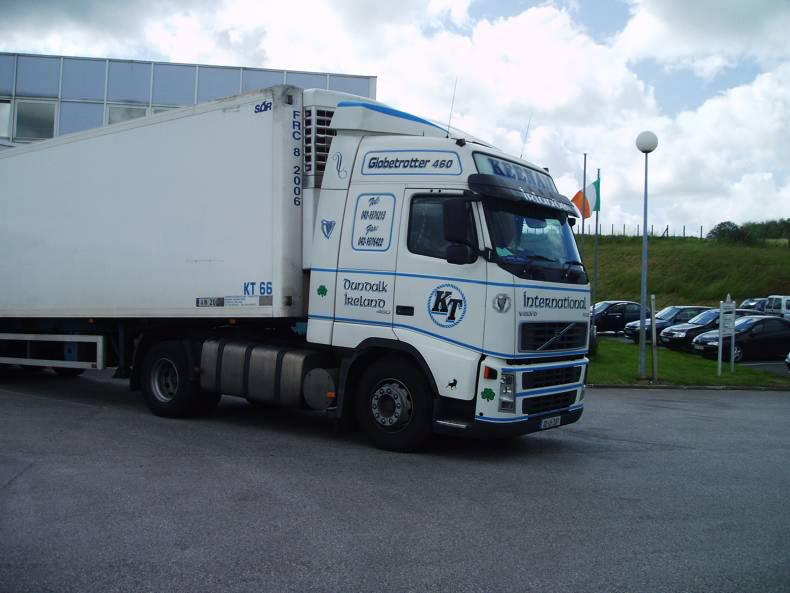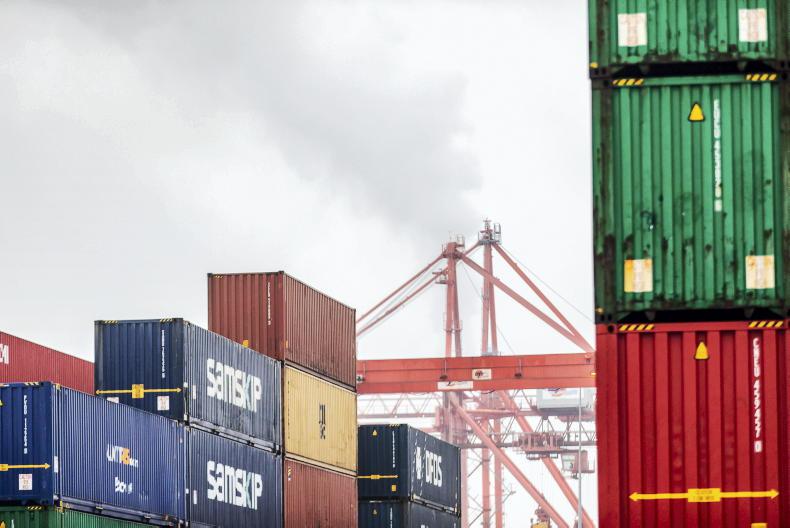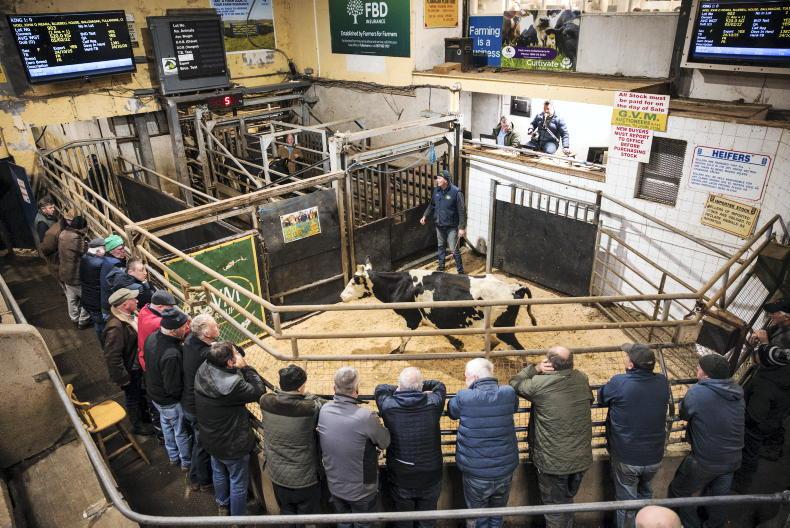With Ireland being a huge net exporter of beef and Britain being our largest market taking half our total beef exports, it is worth taking a look at what other countries supply Britain. Similarly, we might expect that because Ireland exports 90% of our production that we wouldn’t be an importer. Again, while volumes are small overall, there is import activity in Ireland and year on year changes are interesting.
UK imports
Beginning with the UK, Ireland is far and away the preferred secondary choice of supplier after domestic production. The relative strength of sterling compared with the euro has made it a particularly attractive market this year, and Ireland more than any other country has taken advantage of this by increasing sales to 88,422t of beef.
This is an extra 4,000t compared with the same period in 2014 which was over 9,000t up on 2013. The growth in 2014 could be explained by the amount of extra beef in the Irish system last year, but this year even with Irish production back in line with 2013 levels, volumes to Britain have increased again.
No doubt the strength of the UK market combined with the weak market in mainland Europe encouraged this business. The importance of Britain to Ireland as a market is best demonstrated by the fact that the next biggest supplier after us is the Netherlands on 9,487t which is just over 10% of the Irish supply.
Growing competitor
Poland, the biggest exporter in Europe after Ireland, comes third on 6,048t which may seem small in the overall context of British beef imports but it has doubled in the last two years. Poland is a country like us, actively seeking export markets as it has no domestic consumption to speak of.
It is a pork and chicken consuming nation with per capita beef consumption a mere 1.7kg per person annually. Prior to last year it was a big supplier to the Middle East but a decision to end ritual slaughter techniques has ruled it out of these markets. Russia was also a key market for Poland around the same time the trade ban was announced.
Closure of these two key markets, the expansion of the country’s dairy industry due to the end of quotas and a €50 direct payment on male calves means that Poland will be an active and growing competitor to Ireland in international beef markets. Its final attraction is that its beef prices have been €1/kg behind ours in recent times, although we do have one advantage in that our suckler-based beef system means we can offer better-quality beef, as theirs is dairy cow-based.
Irish imports
Turning to Irish imports, according to CSO figures to June 2015, the biggest source is Britain on just less than 10,000t for the first half of this year compared with just less than 17,000t for all of 2014. Northern Ireland comes next on 2,400t, half of last year’s total.
Given the fact that both these have enjoyed much greater farmgate prices than Ireland has in the first half of this year, it is difficult to see how they would be supplying end-use customers here. It is likely that the vast majority of this came in for further processing and was returned afterwards as part of our sales.
Further processing
After these, imports to Ireland follow the same order as imports to Britain with the Netherlands next on 233t and Poland on 184t. Interestingly, this is the same figure for the first six months of this year as for all of 2014. We have no information on what imports from continental Europe are used for and while we can make further processing assumptions for British and Northern Irish imports, it is less plausible that the same applies with the smaller volumes coming from the continent.
No doubt the lower cattle process of both the Netherlands and Poland would have an attraction and would of course be perfectly legitimate business assuming the product was correctly labelled. In a major exporting country like Ireland, we cannot afford to be defensive towards imports from elsewhere unless of course an attempt was made to pass them off as Irish.
Sources: British imports - Agriculture and Horticulture Development Board (AHDB), Irish Imports – Central Statistics Office (CSO)










SHARING OPTIONS